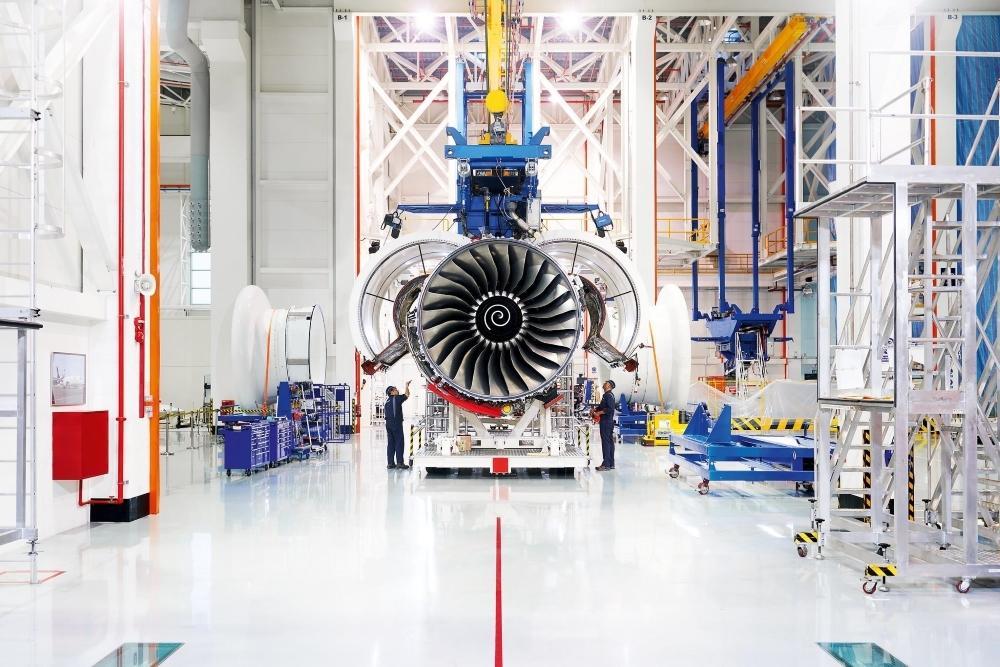
Tension between aircraft and engine OEMs about production rates is a longstanding feature of the aviation industry.
In recent years, this has been framed as conflict between bullish airframers, and mainly Airbus, and engine OEMs struggling with supply chain bottlenecks and the distraction of reliability issues on their in-service fleets.
Another concern sometimes cited is that engine OEMs will be left exposed if they invest in extra production, only for Boeing and Airbus to prove unable to sustain higher rates.
Recently, though, Aengus Kelly, CEO of the world’s largest aircraft and engine lessor, AerCap, has pointed out that even if all those worries were resolved, engine manufacturers would still resist very high aircraft production rates.
This is because of a fundamental misalignment between aircraft and engine manufacturer business models, with the former getting paid for every new delivery and the latter relying instead on long-term maintenance revenue.
Speaking at a Deutsche Bank conference, Kelly asserted that the engine OEMs would never allow “massive oversupply for a significant period” because it would “cannibalize the most lucrative part of [their] business, which is the last engine shop visit on an 18-20-year-old aircraft.”
He also said that the current supply-demand imbalance would probably endure for another 5-6 years, noting that engine reliability would get better but would take a “fair period of time.”
Airlines understand this, he said, and as a consequence are buying and leasing more mid-life and older aircraft because they know that even if new aircraft deliveries were to happen on time, those new aircraft would be out of service for longer than expected due to engine reliability issues.
As a result, airlines have become the main buyers of used aircraft from AerCap, which, due to its huge portfolio, is the biggest seller of used aircraft in the world.
“[Airlines] know the delivery schedules of Boeing and Airbus won’t happen,” he said. “They know they have to have the lift in place for the long term.”
